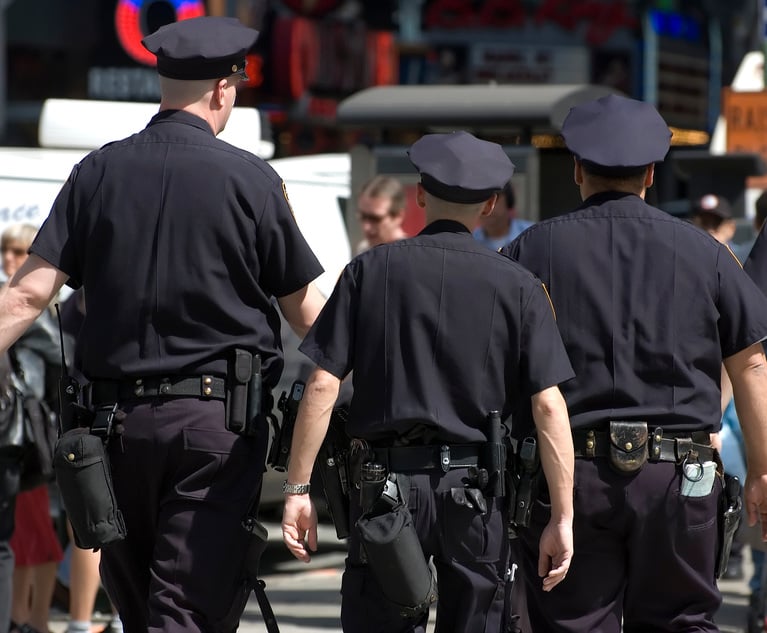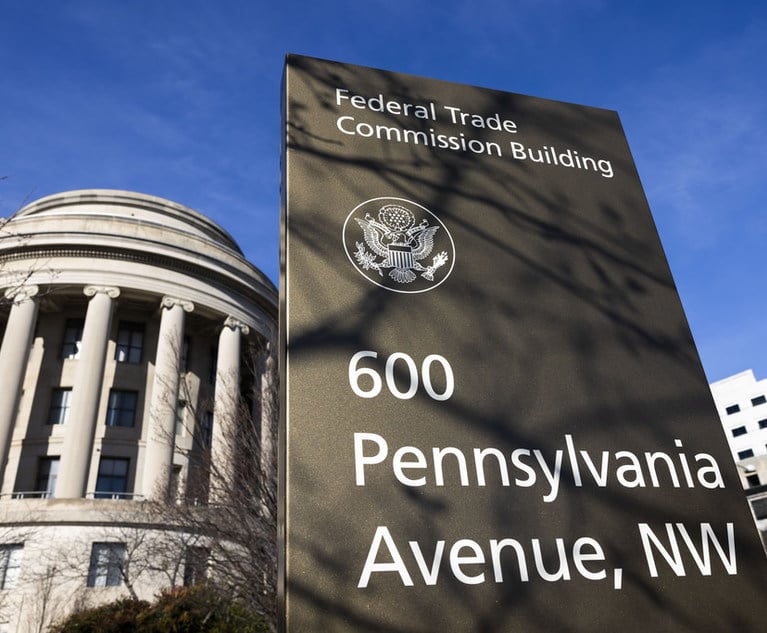The Appellate Division is a branch of the Supreme Court. First Nat. Bank of Glens Falls v. Reoux, 11 A.D.2d 876, 877 (3d Dept. 1960). It has co-equal powers with it and possesses all of its original jurisdiction. NY Const. Art. 6 §§4 and 7. Its authority “is as broad as that of the trial court.” Kobylack v. Kobylack, 62 N.Y.2d 399 (1984). When reviewing a trial court’s judgment or order, the Appellate Division reviews the law and the facts (CPLR 5712(c)) as determined by the Supreme Court, as well as its exercise of discretion. In this article we will discuss the standards of review applied by the Appellate Division in appeals from matrimonial judgments and orders.
General Rules
There are certain standards that have been established with regard to the review of all matters by the Appellate Division. Where the findings of fact “rest in large measure on considerations relating to the credibility of witnesses” deference is owed to the trial court’s credibility determinations (Praimnath v. Torres, 59 A.D.3d 419, 419-20 (2d Dept. 2009)), which will be accorded great weight (Czaban v. Czaban, 44 A.D.3d 894, 844 N.Y.S.2d 383 (2d Dept. 2007)). Its resolution of credibility issues is entitled to great deference on appeal (Canzona v. Canzona, 142 A.D.3d 1030, 1032 (2d Dept. 2016)), and will only be disturbed when clearly unsupported by the record (Hass & Gottlieb v. Sook Hi Lee, 55 A.D.3d 433, 433 (1st Dept. 2008)). Moreover, the determination of the trial court after a nonjury trial will not be disturbed on appeal unless the court’s conclusions could not have been reached on a fair interpretation of the evidence. Thoreson v. Penthouse Intl., 80 N.Y.2d 490, 495 (1992).







